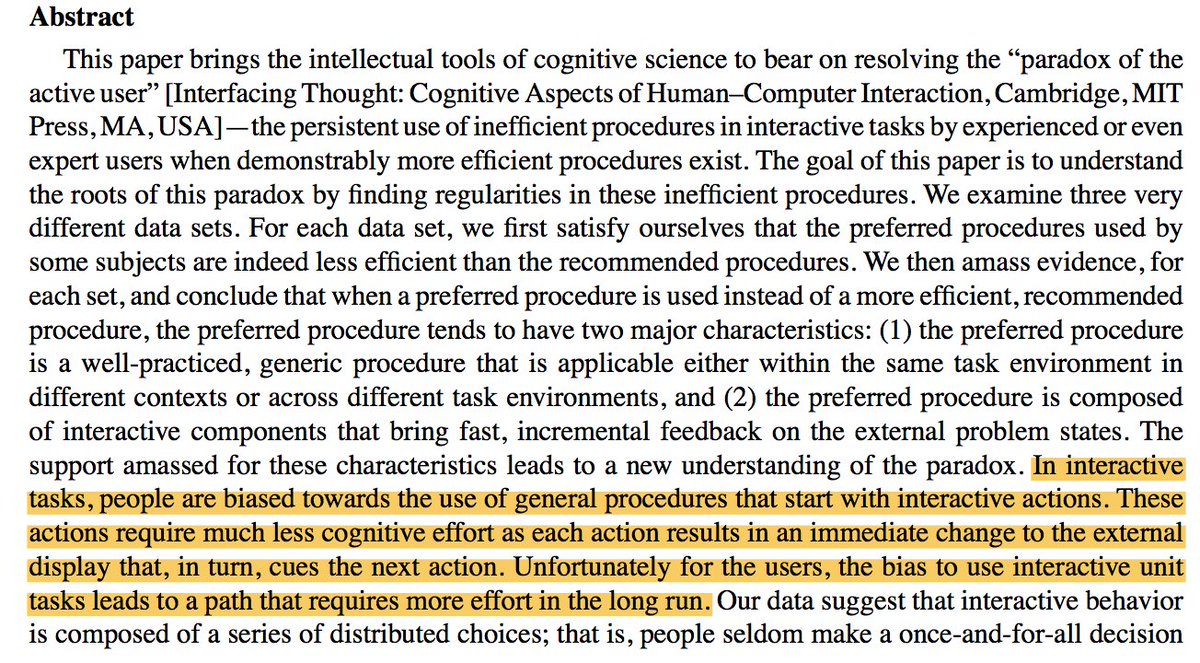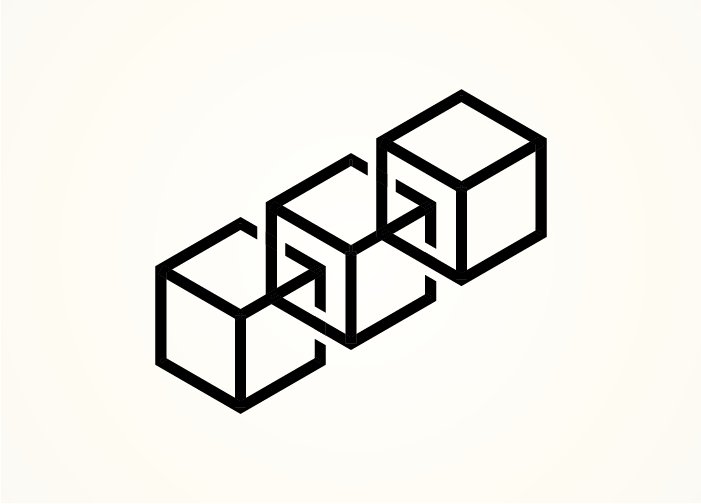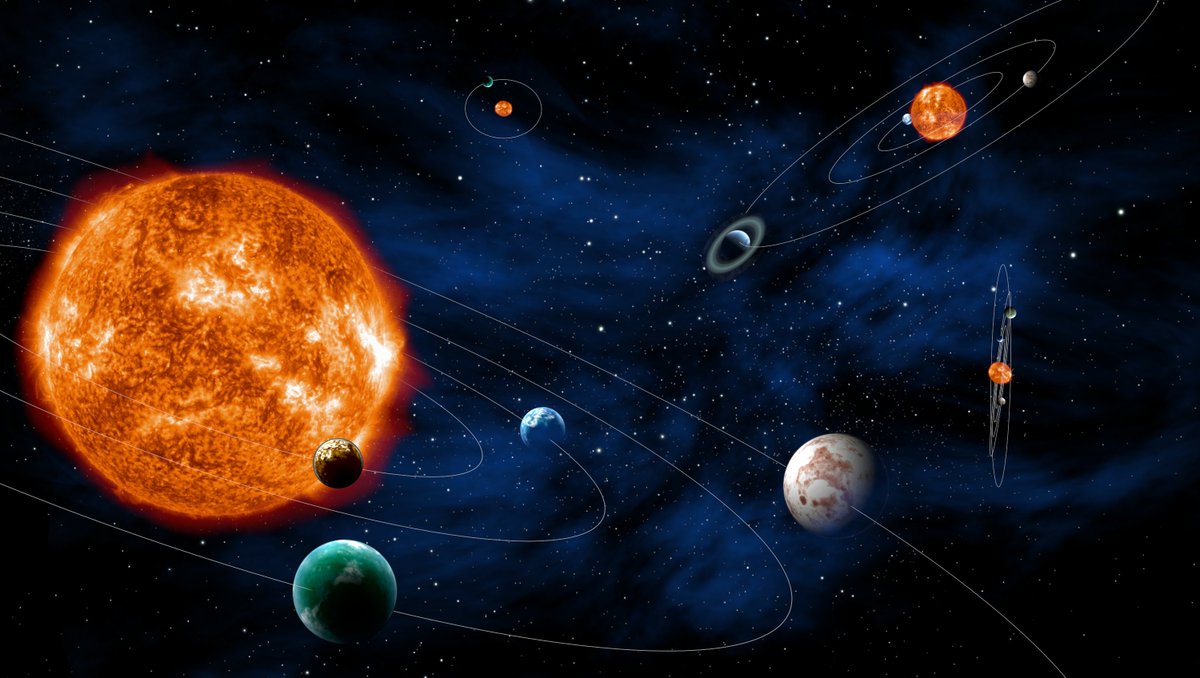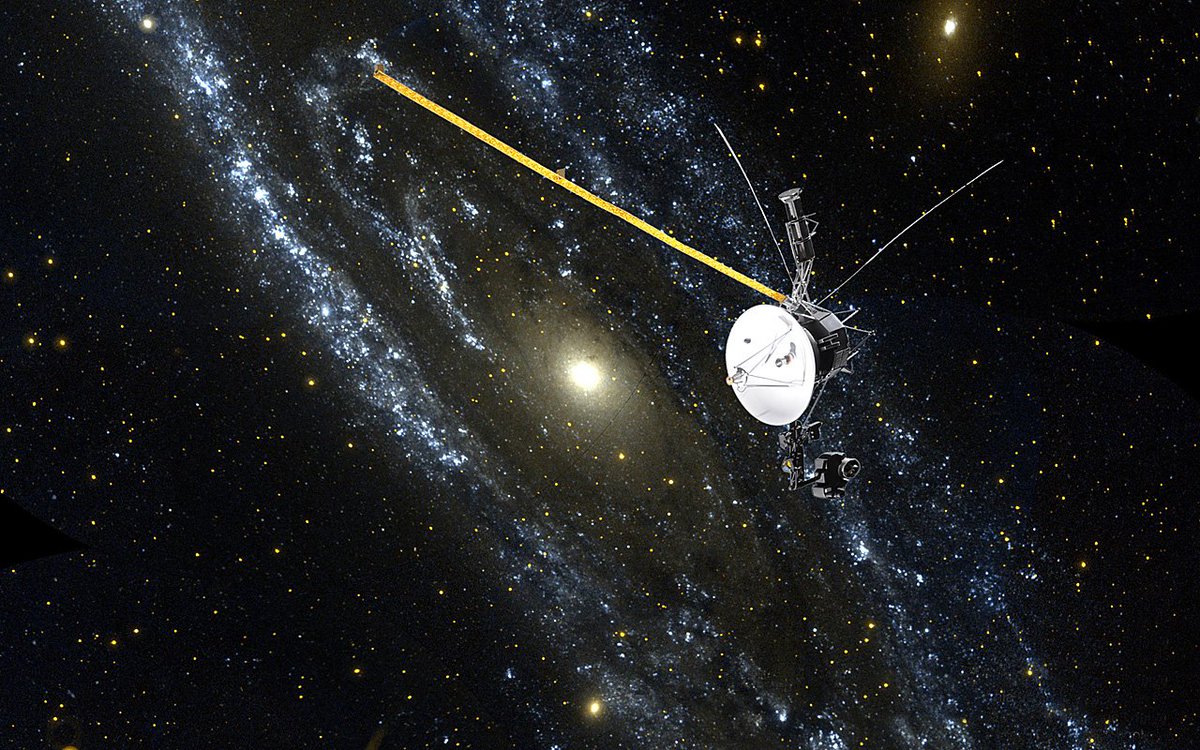TL;DR: While the paradox has assume a folklore status in design, it was misinterpreted from the start and has become an impediment to ambitions in computing at large.
[1] amazon.com/dp/0262031256
[2] nngroup.com/articles/parad…
[3] onlinelibrary.wiley.com/doi/abs/10.120…
[4] global.oup.com/academic/produ…







